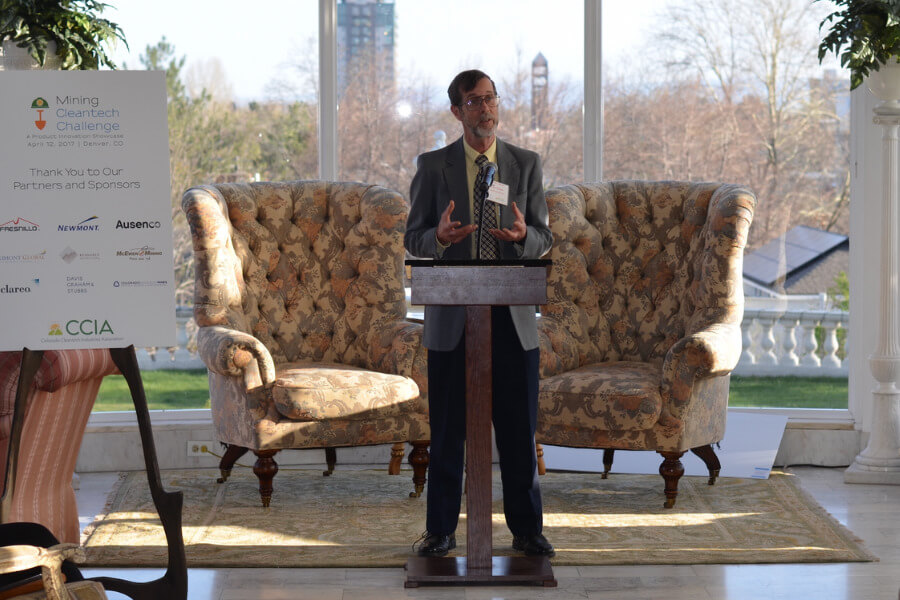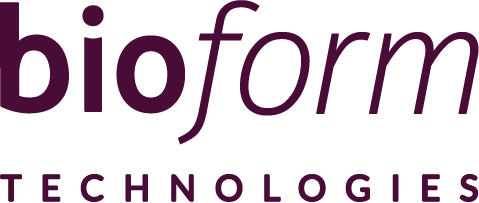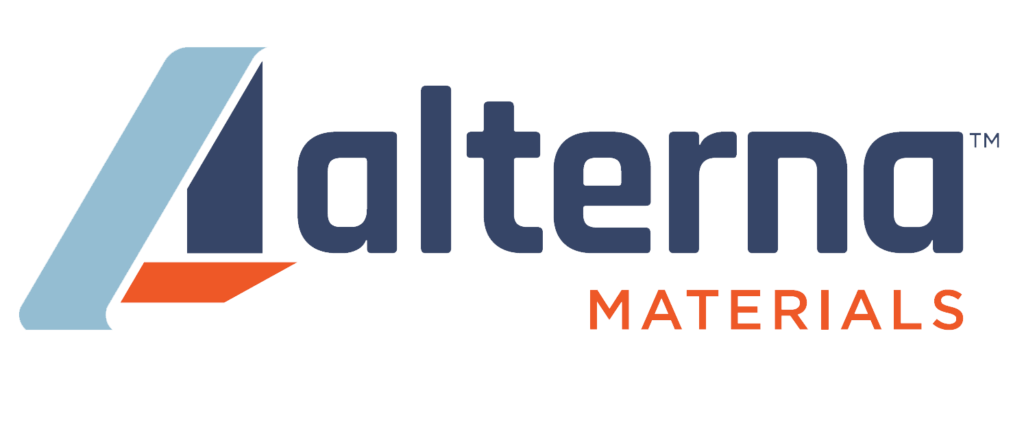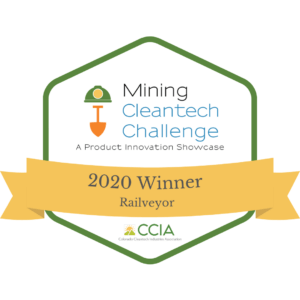Mining Cleantech Challenge
August 28, 2024
A GLOBAL TECHNOLOGY SCOUTING INITIATIVE
The Mining Cleantech Challenge efficiently provides targeted connections between mining industry operators, OEMs, and clean technology solution providers with a mutually beneficial goal of meeting industry’s needs while at the same time introducing innovative solutions to the marketplace.
Innovative solutions providers will complete a competitive vetting process, after which 10 – 12 companies will be invited to present their technologies to the partners and sponsor/judges. There are no geographic restrictions or requirements for participating companies.
The application is now open and the deadline is Friday, June 28.
For more information or ways to get involved
contact Joseph Paterson-Roberts.

2023 Winners

Second Place

Third Place

Why Apply?
- It is free to apply! A presentation fee only applies if you’re selected as a finalist.
- You don’t need to win to benefit from exposure to mining industry leaders and investors within the sponsoring companies. No mandated outcomes.
- There have been many favorable outcomes for previous winners and finalists including partnerships, acquisitions, sales, pilots, and trials.
- The in-person live event provides a fantastic networking opportunity for all finalists.

“Participating in the 2020 Mining Cleantech Challenge was a game changer for Railveyor. With major companies demanding their entire supply chain become more sustainable, the mining industry is at the forefront of that movement. The Mining Cleantech Challenge provided a global stage to showcase our unique material haulage solution to the most innovative sponsor/judges. Winning the Challenge the next year raised our visibility even more in the marketplace.”
Lisa Youngblood | Vice President, Marketing & Communications, Rail-Veyor




